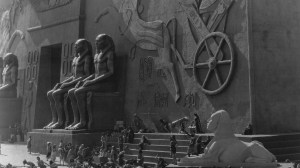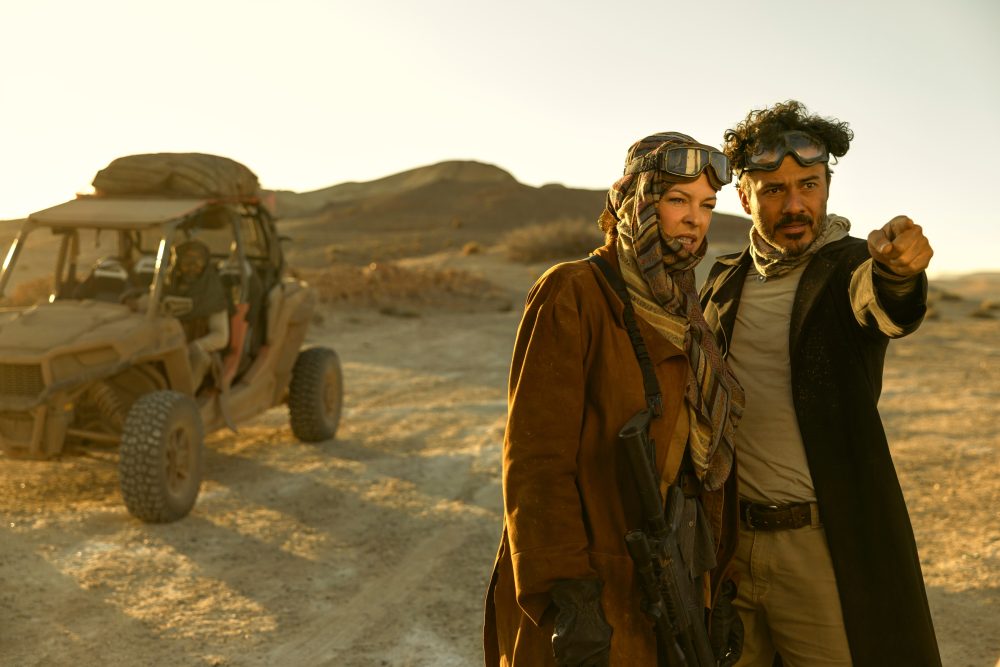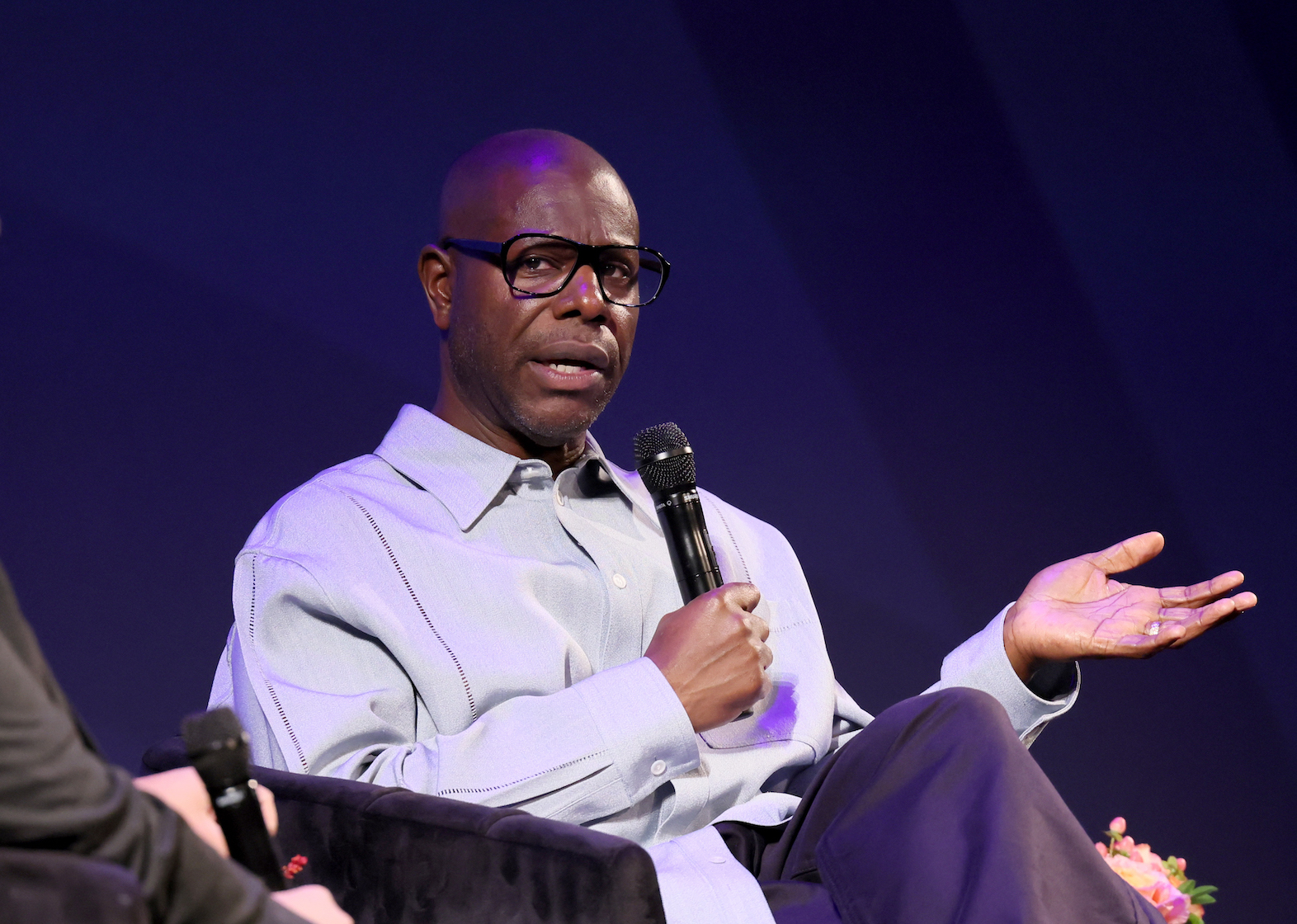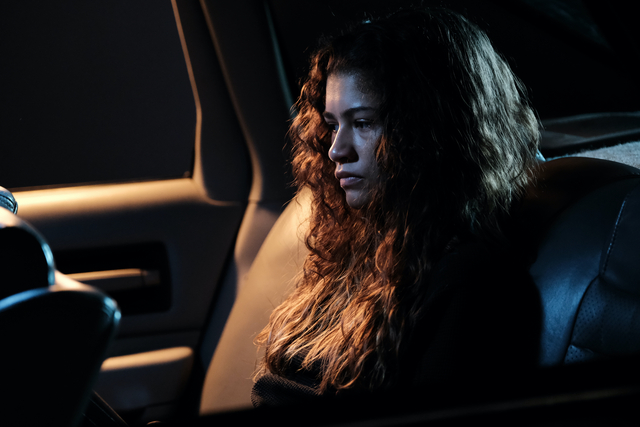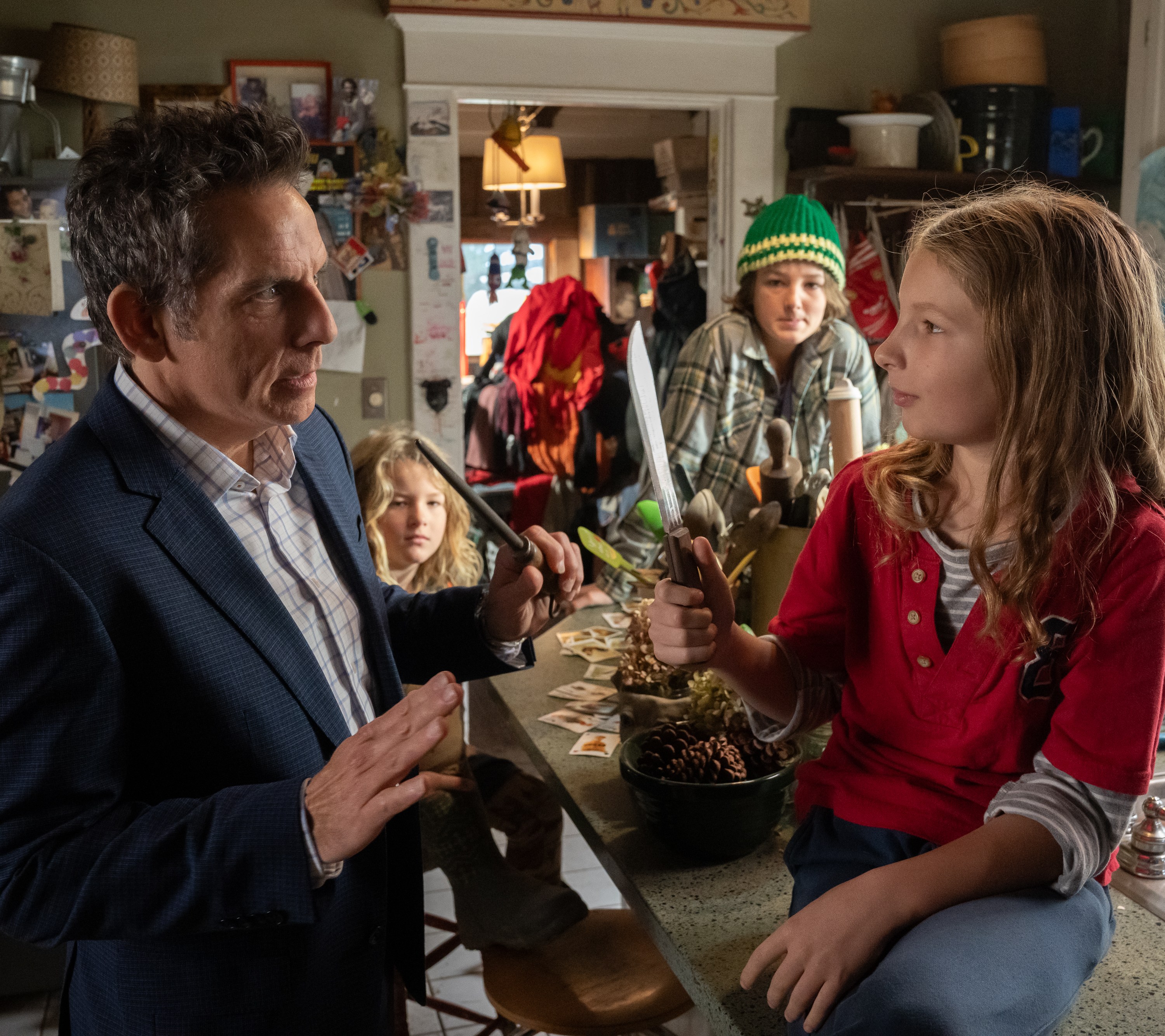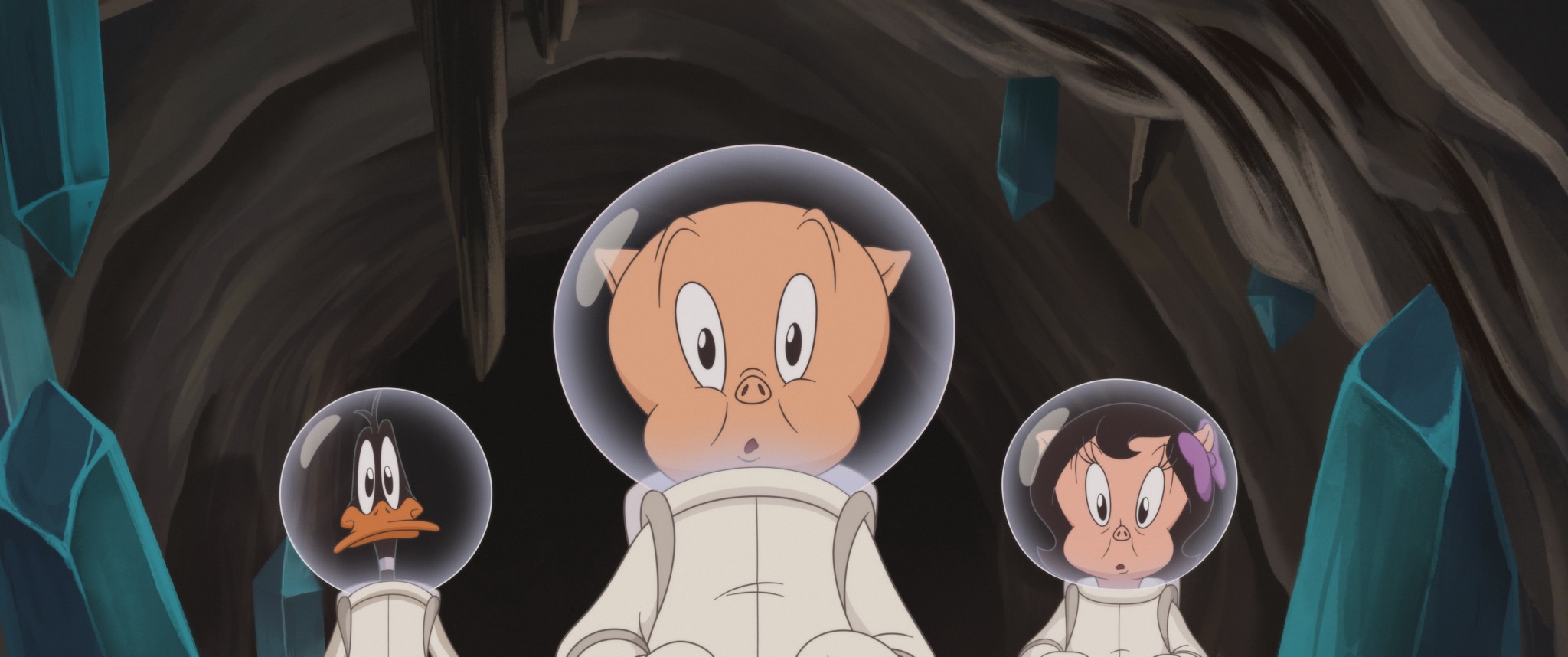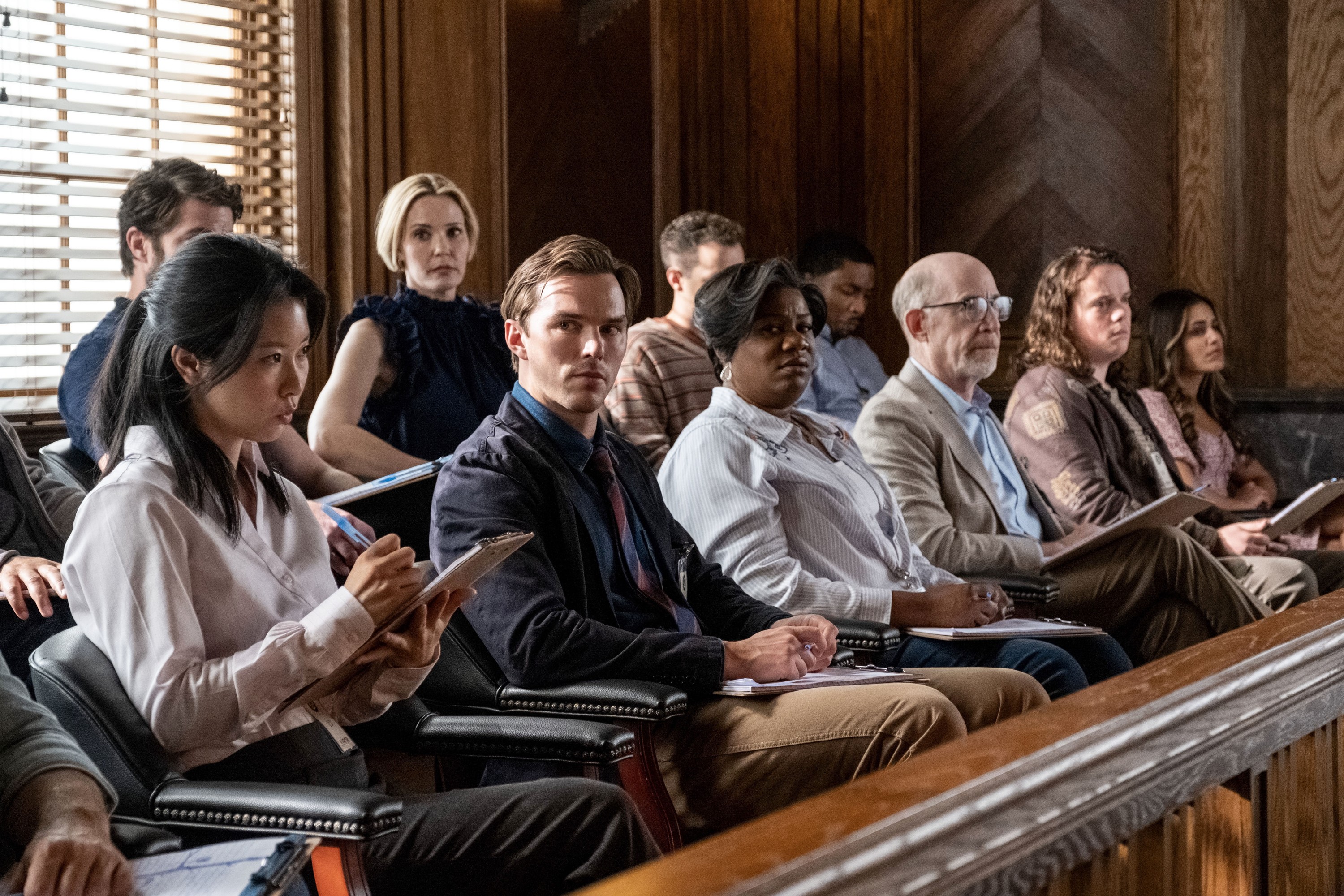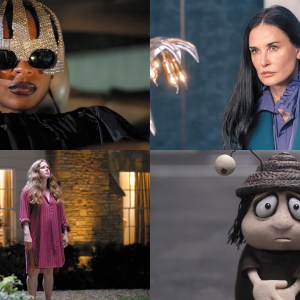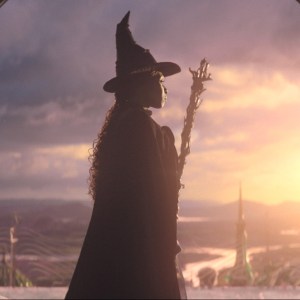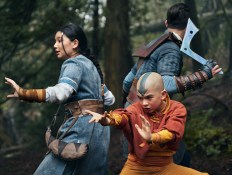By providing your information, you agree to our Terms of Use and our Privacy Policy. We use vendors that may also process your information to help provide our services. This site is protected by reCAPTCHA Enterprise and the Google Privacy Policy and Terms of Service apply.
10 Movies to See Instead of “The Artist”

One of the most disappointing films for me this year is Michel Hazanavicius’s “The Artist.” As a fan of cinema of the ’20s and ’30s, the silent throwback is right up my alley, but I wanted more than just references and homage. Some people are saying it’s not much different than what Quentin Tarantino does with grindhouse films, but I disagree. Tarantino takes inspiration from crude B movies and makes something brilliantly new. Hazanavicius takes inspiration from classic films and makes something familiar and unnecessary. There’s nothing new to them in any way whatsoever. So what’s the point? Let’s just watch the films it borrows heavily from, or something else that’s more innovative and/or inventive. Remember when we all pre-criticized “Avatar” for looking so derivative? At least it had some amazing spectacle in the end. “The Artist” is just kinda charming at best.
Below is a list of ten movies you should see instead of “The Artist.” Or, maybe they’re ten movies you should also see. If you’re desperate to see the film everyone is buzzing about for Oscars anyway, at least see these movies before you see “The Artist,” or after. With the former you’ll get more, though you’ll probably also be bored more. With the latter choice you’ll at least make up for your diversion. Really, you should see many more films than this, a whole lot more classic silent films for sure. You can even start with the six basic titles Hazanavicius named to Indiewire recently as inspiration.
1. “The Mark of Zorro” (Fred Niblo, 1920)
I admit I didn’t catch the direct incorporation of Douglas Fairbanks’ 1920 Zorro movie. I haven’t seen it, and so I did not realize scenes from that film are seamlessly mixed with recreations featuring actor Jean Dujardin, as fictional silent star George Valentin, in place of Fairbanks. This is the problem. “The Artist” is for people who get the reference yet don’t need it being redone for them. Shouldn’t Hazanavicius have cleverly made up some fake film all his own, a la “The Dueling Cavalier”? Also, he might as well have reworked footage of Fairbanks into a modern Coors or Dirt Devil ad. After all the superhero and robot revisionist history this year, I’m sick of such “Forrest Gump” shenanigans. Okay, enough of this entry, I need to hurry and rent the real silent classic.
2. “The Thin Man” (W.S. Van Dyke, 1934)
Wait, that’s it for the silent era? Yes, because in spite of its own silence, most of “The Artist” takes place after the innovation of sound pictures, and even though it remains a silent film it often feels more like a film from the 1930s. Particularly any film featuring Skippy the dog. We know this Wire-Haired Fox Terrier best as Asta, the pooch from the first two “Thin Man” movies (he retired before the third), and he was also in “Bringing Up Baby” and “The Awful Truth.” The best part of Hazanavicius’s film for me is the Skippy lookalike, Uggy, who won the Palm Dog at Cannes this year and who often does tricks reminiscent of those performed by “Asta” in “The Thin Man.” It helps that Dujardin, who won Best Actor at Cannes this year, sort of resembles William Powell, though sadly there is no Myrna Loy lookalike (she’d be my new celebrity crush). At least one thing is certain in all this: Uggy ought to be getting phone calls from Johnny Depp about costarring in the planned “Thin Man” remake.
3. “A Star is Born” (William Wellman, 1937)
Any one of the “Star is Born” movies will do (I like the 1973 Indian film “Abhimaan”) or you can look at the earlier “What Price Hollywood?” from 1932 (directed by George Cukor, who would go on to helm the musical version of “A Star is Born” in 1954). There is probably some other film even before that in which an aging movie star falls in popularity as his young partner rises in fame. It just seems like such a common, classic storyline today, almost timeless (there is another remake on the way), and yet in “The Artist” this plot feels extremely stale. Why copy a formula that is already overly done? To be part of a “neat” pastiche of familiarity? That’s what bad Hollywood producers do on a regular basis anyway. This isn’t a great feat.
4. “Citizen Kane” (Orson Welles, 1941)
One little moment in “The Artist” is cheaply swiped from arguably the greatest film ever made. In “Citizen Kane,” the breakfast table montage uses six short back-and-forth sequences to concisely convey a gradual drift apart for Kane and first wife, Emily (Ruth Warrick). In “The Artist,” a similar bit follows the decline of Valentin’s marriage to Doris (Penelope Ann Miller, who bears slight resemblance to Warrick), and it’s obviously meant to remind us of “Kane,” probably just so we can easily get the idea of this marriage failing without Hazanavicius actually needing to do anything on his own to show this. It’s not homage if it’s really a rip-off, one that’s blatantly employed out of laziness.
5. “Sunset Blvd.” (Billy Wilder, 1950)
One of two classic films from the 1950s on this list that deal in a nostalgia for the silent era and pay it tribute perfectly well without getting trapped in the past. Norma Desmond (Gloria Swanson) is one of many clear models for Valentin, a silent film star who fell out of favor with the advent of sound. The shot at the top of this list recalls Desmond’s own private screenings of her heyday like a dying person watching life pass before her eyes. For the most part, Wilder keeps the story and the film modern, albeit with a look that evokes a certain silent era style, as films noir as a rule tended to do. One thing that makes “Sunset” more fun than “The Artist” is the appearances by silent film figures, including Swanson, Erich von Stroheim, Buster Keaton, Anna Q. Nilsson and H.B. Warner. Couldn’t Hazanavicius have gotten some cool cameos for his film? There aren’t too many silent actors left (mostly child actors, see this page), but even some ’30s stars would have made for some great nods. I guess we’ll have to go see “The Muppets” to see someone from that period, Mickey Rooney.
6. “Singin’ in the Rain” (Stanley Donen and Gene Kelly, 1952)
Out of all the movies on this list or any other, “Singin’ in the Rain” is the most obvious influence on the plot of “The Artist.” It’s so much a precursor that Hazanavicius seems to have tried to remake the classic by holding on to the basic story and removing all the music, color and joy. Like “Singin’,” “The Artist” is set in the years in which Hollywood transitioned from silent to synchronized sound films. And it similarly features a young dancer who ends up both making it big in sound cinema and making the male lead fall for her big time. Some other pieces line up, including the cranky silent screen actress who Valentin stars alongside at the beginning of the film, but it’s the familiar moment when he’s called in to see his first sound movie that made me groan the most because it feels like such a rehash. I’m sure it’s just a replay of the history, but cinematically it and other “Singin'” parallels just feel like more unoriginal bites. But one link is terribly absent: where is the silent slapstick comedy tribute equivalent to Donald O’Connor’s “Make ‘Em Laugh” number?
7. “Vertigo” (Alfred Hitchcock, 1958)
This film is not on this list because it’s an influence on the story, plot, performances or cinematography of “The Artist.” Rather it is the film’s score by Bernard Hermann that ended up being “paid homage” by Hazanavicius and composer Ludovic Bource at a key moment in the new film. I’m not that good at audio recognition so it didn’t hit me while watching (plus I was just barely paying attention by the end, out of sheer boredom), but the sampling of Hermann’s score seems to be a really sore spot for a lot of viewers. People are saying the “Vertigo” music (specifically “Scene d’Amour”) took them right out of the movie, especially since it was a significant scene for the plot. Interestingly enough, some are arguing that it’s not actually the Hermann score but a reworked sort of tribute by Bource, which you can hear in the “Artist” score on the track titled “My Suicide (Dedicated To 03.29.1967).” But the press notes for “The Artist” do indeed credit use of the “Vertigo” score in the film. Either way, just forget the film and go watch or rewatch Hitchcock’s masterpiece. Or wait for Bource’s score to be scrapped (it’s also been criticized for being too much for a silent film score) and replaced with more fitting music. He writes, “it’s a tribute, a declaration of love to the great composers of great Hollywood films,” and it’s not uncommon for score composers to sample from older works, but again, here it just ends up being too much in the context of this film.
8. “Silent Movie” (Mel Brooks, 1976)
If you want to see a great, albeit very silly silent movie made long after the silent era, just go back 35 years and watch this combination parody and homage, a film that isn’t exactly a throwback since it deals with some modern themes and technology. Hazanavicius comes out of a spoof tradition, not unlike Brooks, but he’s closer to the elder director’s later works, or maybe he’s even worse. If Aaron Seltzer and Jason Friedberg made their own “Silent Movie” it might be more akin to “The Artist” than Brooks’s version. There are plenty of decent post-silent-era silent films now and again that are also much better than Hazanavicius’s throwback, such as works by Guy Maddin and animator Sylvain Chomet, the goofy Indian comedy “Pushpak” and the 2007 H.P. Lovecraft adaptation, “The Call of the Cthulhu.” And terrific silent scenes in non-silent films can be found in movies like “Talk to Her,” “I Served the King of England,” “The Impostors” and “Three Times.” All better than this.
9. “Pleasantville” (Gary Ross, 1998)
There comes a point in “The Artist” where suddenly sounds begin to be heard — not dialogue but Foley effects type stuff. Telephones and car horns and whatnot. Unfortunately the whole bit is just a nightmare sequence for Valentin. It’s hard to understand what the dream really entails for the character since in his world there already is sound, which we the audience simply can’t hear. Anyway, that bugged me, but mostly I was disappointed that the film didn’t continue with the teased conceit. I thought it would be a wonderful twist for diegetic sound to gradually seep into the film and for Valentin to simultaneously embrace it gradually. Kind of like an audio equivalent to what’s done with color in “Pleasantville.” Nope. Maybe somebody should make that movie at some point when we’ve forgotten “The Artist.” For now, check out the underrated “Pleasantville.”
10. “Hugo” (Martin Scorsese, 2011)
Opening the same week as “The Artist” is a film by a man who knows how to do homage and pay tribute correctly, not as nostalgic fluff and sampled references but as a fresh story featuring allusions and history and overall a respect for the past while still moving forward with the medium into the future. Scorsese includes many direct footage of silent classics, including “Safety Last,” “The General,” “The Kid,” “Arrival of a Train at La Ciotat,” “The Great Train Robbery,” “Dickson Experimental Sound Film” and a slew of George Melies films, some of them recreated in ways I’m not 100% clear on (or possibly okay with), but he doesn’t mean to steal or copy. His new film is a 3D sound movie clearly produced in 2011 and only set 80 years earlier. It has some necessary dialogue yet is spare with the chatter, allowing for a lot of sequences that are basically silent. No, not silent. I mean cinematic, which is storytelling through moving pictures, like they did brilliantly in the silent era mostly because they had to. There is no need for a film like “The Artist.” There is a need for films like “Hugo,” which are progressive yet still understand and display what cinema is all about. Of all the films on this list, definitely go see “Hugo” first, now, in the theater.
Also worth reading before you do that: 10 Classic Films You Must Watch Before Seeing Martin Scorsese’s ‘Hugo’ by Jordan Raup of The Film Stage.
Follow Christopher Campbell on Twitter: @thefilmcynic
Follow Spout on Twitter: @Spout
By providing your information, you agree to our Terms of Use and our Privacy Policy. We use vendors that may also process your information to help provide our services. This site is protected by reCAPTCHA Enterprise and the Google Privacy Policy and Terms of Service apply.

